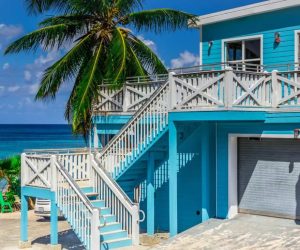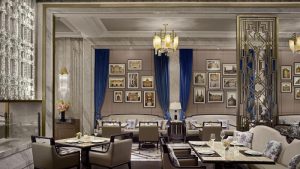
Barcelona is a cultural hub, where modern art and ideas come together in a city that is rich in history and tradition. Consequently, Barcelona is now one of the most popular holiday destinations in Europe and the world; it has been a long time coming for the city to arrive in the successful and prosperous situation it finds itself. A journey that dates back thousands of years, when the first vision of the community began, under the Roman Empire, the area where the city lies began as a Roman settlement, named Barcino.
Going back, some 2000 years and we see that Barcino was a settlement under Emporer Augustus back around 15AD. There were many benefits to the Romans in having Barcino as part of its empire. The main one being its geographic location, next to the sea, which enabled the construction of sea defences and security to the Roman expansion into the Iberian Peninsula. More importantly, there was another neighbouring settlement of Tarraco, now Tarragona, which enjoyed commercial success. Therefore, Barcino used to accommodate and promote the trade and travel of goods in Tarraco through protection. This move worked well as Tarraco and even Caesaraugusta, now known as Zaragoza, experienced economic growth.
Initially serving as a military camp, or castrum, Barcino became increasingly more important and grew as a result. The main income for its locals were agriculture and selling wine- something that the city is still famous for! As the Romans were so integral with their architecture, the fortifications of the city now act as a visible blueprint for the society that once stood. Without further ado, here is the article that will give you a Roman tour of Barcelona!

Roman walls of El Gotico
The Gothic Quarter of Barcelona is a place of historic importance, showing a mix of architecture from the middle ages, recent history and Roman times. Exploring this area of the city allows the bulk of our Roman tour of Barcelona to take place. The most obvious and popular place to find Roman walls in Barcelona is the Plaça Nova, adjacent to the Barcelona Cathedral. Here, you will find two Roman towers that were built back in 4th Century AD! This was also Barcino´s north entrance and leads into more of the Roman settlement that still stands.

Some two minutes’ walk from the towers, you can find remnants of a Roman temple! The Temple of Augustus dates back 1st Century BC, a truly fascinating monument that shows six tall columns in a courtyard space that you can visit free of charge. For historical accuracy, this temple was originally located on Plaça Sant Jaume, where the current governing office is- the Generalitat. Showing the entrenched importance of the Plaça in decision making for the city and surrounding areas.

Next to see in the Gothic quarter is the Plaça Traginers and the Baixada Del Caçador, which are in close proximity and feature Roman towers and walls. In this area of the Gothic Quarter, there are many restaurants and cafes to enjoy a spot of lunch. After some Tapas you will be ready to plan where to go next on the Roman Tour of Barcelona.
MUHBA Plaça del Rei
This museum is a must-see. Located next to the Plaça Del Rei is the best-preserved area of Barcino that this city has to offer. Back in the 1930s, the area under the Plaça Del Rei was excavated and gave us an insight into daily life in Barcino. With underground passages, forums, tiled flooring and many more to see, the MUHBA is a lynch pin in this memorable Roman tour of Barcelona. With entries €7 or less, this is a small price to pay for a unique insight into the history if this city.

Plaça Vila de Madrid
On Via Sepulcral, you can find an open space that has some distinct Roman tombs and streets. Back in the 1950s, during some construction work in the area, these Roman relics were found. After research, it was concluded that this was a burial site. Between the 1st and 3rd Centuries, it was illegal to bury people in the city. Therefore, this Roman site it just outside of Barcino. It is believed that those buried here are of the middle to lower class, due to the design. Despite being a resting place, this beautiful square allows for reflection and admiration of the Roman society´s remnants.

Museu Arqueològic de Catalunya
Lastly, on our Roman tour of Barcelona, we find a second museum with many Roman and even Greek artefacts! The Museu Arqueològic de Catalunya is the ideal way to end this trip. It has many sculptures, mosaics and many more on offer to you. Despite not being solely about the Roman history, there are many monuments to inform you about art in this part of the empire.

Other streets
If you´d rather just admire what remains of Barcino by simply meandering around the city, we have you covered! Here is a list of some of the other most popular streets that you can spot traces of Roman architecture. This is a simple and effective way to spot sights whilst getting around the city at your own pace. We cannot wait for you to complete your very own Roman tour of Barcelona! Check out the following streets, all beginning with ´Carrer de´:
- Duran i Bas
- La Palla
- Sots-Tinent Navarro
- Regomir

Sandra Roig is Marketing Director at AB Apartment Barcelona. AB Apartment Barcelona is an apartment rental agency offering over one thousand short and long term apartments across Barcelona.
If you would like to be a guest blogger on A Luxury Travel Blogin order to raise your profile, please contact us.





